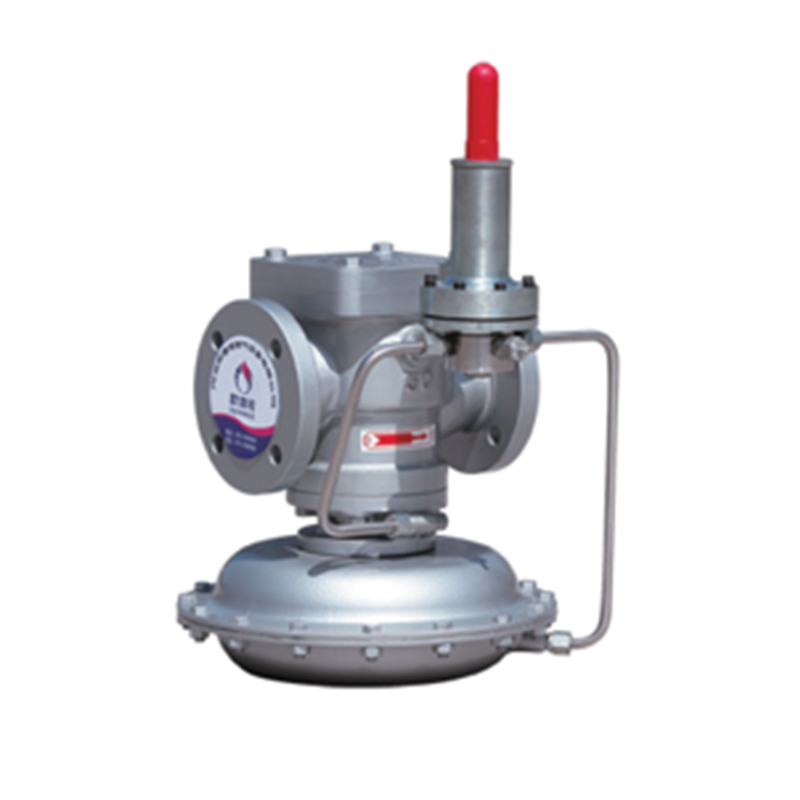
Jul . 25, 2024 12:45
Back to list
Understanding the Functionality and Importance of Pressure Reducing Regulators in Various Applications
Understanding Pressure Reducing Regulators
Pressure Reducing Regulators (PRRs) are crucial devices in various industrial applications, playing a significant role in controlling gas or liquid pressure. Their primary function is to reduce a higher inlet pressure to a desired, lower outlet pressure, ensuring the safe and efficient operation of systems that require specific pressure levels. This article delves into the design, operation, applications, and advantages of pressure reducing regulators.
How Pressure Reducing Regulators Work
At the core of any pressure reducing regulator is a pressure-sensing mechanism. When the upstream pressure (inlet) exceeds the set point, the PRR automatically adjusts an internal valve, limiting the downstream pressure (outlet) to a predetermined level. This regulation maintains a constant output pressure even when there are fluctuations in the inlet pressure or variations in flow rates. Most regulators incorporate a spring-loaded diaphragm that responds to changes in pressure, creating a reliable feedback loop that maintains stability.
The construction of a pressure reducing regulator typically includes an inlet connection, an outlet connection, a body housing, a valve mechanism, and an adjustment screw. The adjustment screw allows users to set the desired outlet pressure by compressing or releasing the spring tension. Users must select the appropriate type of regulator based on specific application requirements, including the type of media (gas or liquid), pressure ranges, and flow rates.
Applications of Pressure Reducing Regulators
Pressure reducing regulators find applications across various industries, including
1. Oil and Gas In this sector, PRRs ensure that natural gas and other fuels are delivered to end-users at safe and usable pressures, protecting equipment and enhancing safety. 2. Chemical Manufacturing Chemical processes often require precise pressure control to ensure safety and product quality. PRRs help maintain the necessary pressure levels within reactors and other process equipment. 3. Medical In healthcare, pressure reducing regulators are vital for controlling gases supplied to patients, such as oxygen or anesthetic agents, where accurate pressure control can significantly affect outcomes. 4. Water Supply In municipal water systems, PRRs regulate the pressure of water being distributed, ensuring that the pressure remains within safe limits and preventing pipe bursts or leaks.
pressure reducing regulators

Advantages of Using Pressure Reducing Regulators
1. Safety One of the primary advantages of PRRs is enhanced safety. By ensuring that pressure levels remain within defined limits, these regulators protect both personnel and equipment from the hazards associated with overpressure conditions.
2. Efficiency PRRs can help optimize the performance of equipment by delivering the appropriate pressure levels, which can lead to improved efficiency and lower operational costs.
3. Ease of Maintenance Many modern pressure reducing regulators are designed for ease of maintenance and adjustment, allowing users to quickly recalibrate pressures without any specialized tools.
4. Versatility Available in various sizes and configurations, PRRs can be tailored to suit a wide range of applications and industries, making them a versatile component of fluid and gas control systems.
In conclusion, pressure reducing regulators are essential devices that ensure the safe and effective management of fluid and gas pressures across various industries. Their ability to maintain stable pressure levels enhances safety, efficiency, and the overall performance of numerous applications. As industries continue to evolve, the importance of reliable pressure regulation remains paramount, making PRRs indispensable in modern engineering and manufacturing processes.
Latest news
-
Safety Valve Spring-Loaded Design Overpressure ProtectionNewsJul.25,2025
-
Precision Voltage Regulator AC5 Accuracy Grade PerformanceNewsJul.25,2025
-
Natural Gas Pressure Regulating Skid Industrial Pipeline ApplicationsNewsJul.25,2025
-
Natural Gas Filter Stainless Steel Mesh Element DesignNewsJul.25,2025
-
Gas Pressure Regulator Valve Direct-Acting Spring-Loaded DesignNewsJul.25,2025
-
Decompression Equipment Multi-Stage Heat Exchange System DesignNewsJul.25,2025

